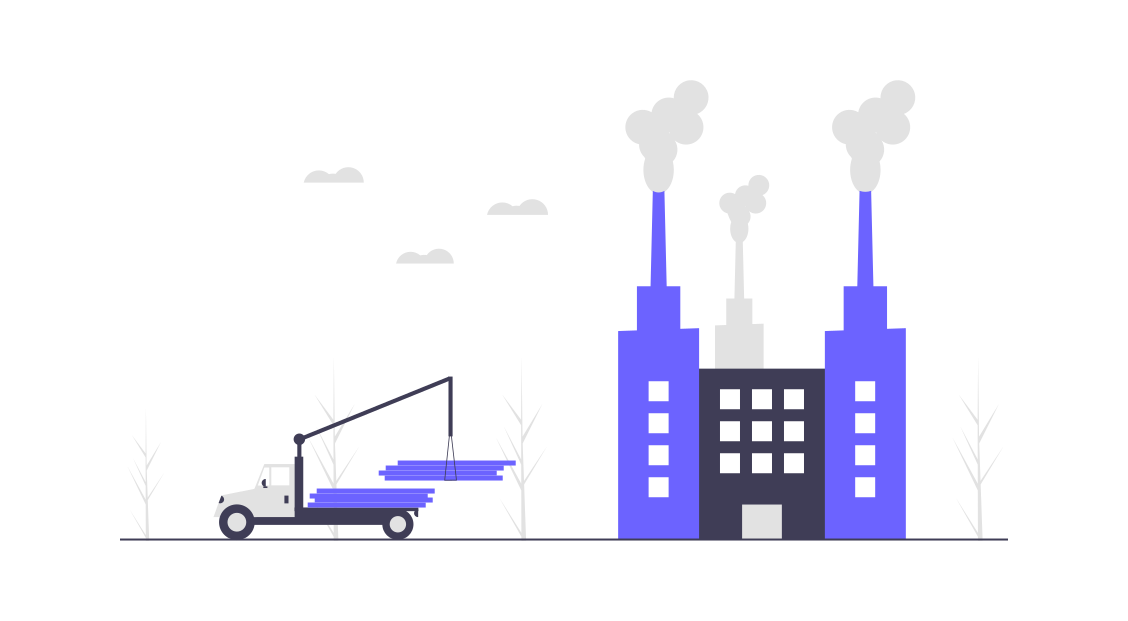In the dynamic landscape of manufacturing, effectively segmenting your B2B customers can significantly enhance your business operations, drive sales, and improve customer satisfaction. This ultimate guide will provide you with a comprehensive understanding of B2B customer segmentation, tailored specifically for the manufacturing industry. By the end of this guide, you'll have the tools and knowledge needed to implement effective segmentation strategies and optimize your business performance.
1. Understanding B2B Customer Segmentation
Customer segmentation involves dividing your customer base into distinct groups based on specific criteria. For B2B companies in manufacturing, this process allows for more targeted marketing, tailored customer service, and improved product development.
2. Benefits of B2B Customer Segmentation in Manufacturing
- Improved Marketing Efficiency: By targeting specific segments with tailored marketing campaigns, you can increase the relevance and impact of your marketing efforts.
- Enhanced Customer Relationships: Understanding the unique needs of each segment allows for more personalized interactions, fostering stronger customer relationships.
- Optimized Product Development: Insights from different customer segments can guide product innovation and customization, meeting diverse needs more effectively.
- Increased Sales and Revenue: Targeted marketing and product offerings can lead to higher conversion rates and increased sales.
3. Key Segmentation Criteria for Manufacturing
When segmenting B2B customers in the manufacturing sector, consider the following criteria:
- Industry: Different industries have unique requirements and challenges. Segmenting by industry allows you to tailor your offerings and marketing messages accordingly.
- Company Size: The needs of small, medium, and large enterprises vary significantly. Segmenting by company size helps in addressing these varying needs effectively.
- Geographic Location: Geographic segmentation can be crucial, especially when dealing with international clients with different regulatory and cultural considerations.
- Purchase Behavior: Analyzing past purchase behavior helps in predicting future needs and tailoring offerings to match purchasing patterns.
- Technological Adoption: Segmenting based on the level of technological adoption can help in offering appropriate solutions and support.
4. Steps to Implement B2B Customer Segmentation
Step 1: Data Collection and Analysis
Start by gathering comprehensive data on your customers. This includes demographic information, purchase history, and behavioral data. Use CRM systems, sales data, and customer feedback to build a robust database.
Step 2: Define Segmentation Criteria
Based on the data collected, define the criteria that best align with your business goals. Consider the key segmentation criteria mentioned above and prioritize them according to their relevance to your business.
Step 3: Segment Your Customers
Using the defined criteria, divide your customer base into distinct segments. Ensure that each segment is large enough to be viable and distinct enough to warrant targeted strategies.
Step 4: Develop Targeted Strategies
For each segment, develop tailored marketing, sales, and customer service strategies. This includes creating customized content, offers, and communication channels that resonate with the specific needs of each segment.
Step 5: Monitor and Adjust
Regularly monitor the performance of your segmentation strategy. Collect feedback, analyze results, and make necessary adjustments to ensure ongoing relevance and effectiveness.
5. Tools and Technologies for B2B Customer Segmentation
- CRM Systems: Customer Relationship Management (CRM) systems are essential for managing customer data and automating segmentation processes.
- Data Analytics Platforms: These platforms help in analyzing large datasets to identify patterns and insights that drive effective segmentation.
- Marketing Automation Tools: These tools enable personalized marketing campaigns and streamline communication with different customer segments.
- AI and Machine Learning: Advanced technologies like AI and machine learning can enhance segmentation accuracy by predicting customer behavior and preferences.
6. Challenges in B2B Customer Segmentation and How to Overcome Them
- Data Quality: Ensuring the accuracy and completeness of customer data is crucial. Invest in data cleaning and validation processes.
- Integration of Systems: Seamless integration of various data sources and systems can be challenging. Use integration platforms to unify data across different systems.
- Changing Customer Needs: Customer needs and behaviors evolve over time. Regularly update your segmentation strategy to reflect these changes.
7. Future Trends in B2B Customer Segmentation for Manufacturing
- Hyper-Personalization: Leveraging AI and data analytics to deliver highly personalized experiences at scale.
- Real-Time Segmentation: Utilizing real-time data to dynamically segment customers and respond to their needs instantly.
- Predictive Segmentation: Using predictive analytics to forecast future customer behaviors and segment accordingly.
Conclusion
Effective B2B customer segmentation in manufacturing is a powerful strategy that can drive efficiency, sales, and customer satisfaction. By understanding and implementing the principles and steps outlined in this guide, you can optimize your business operations and stay ahead in the competitive manufacturing landscape.


